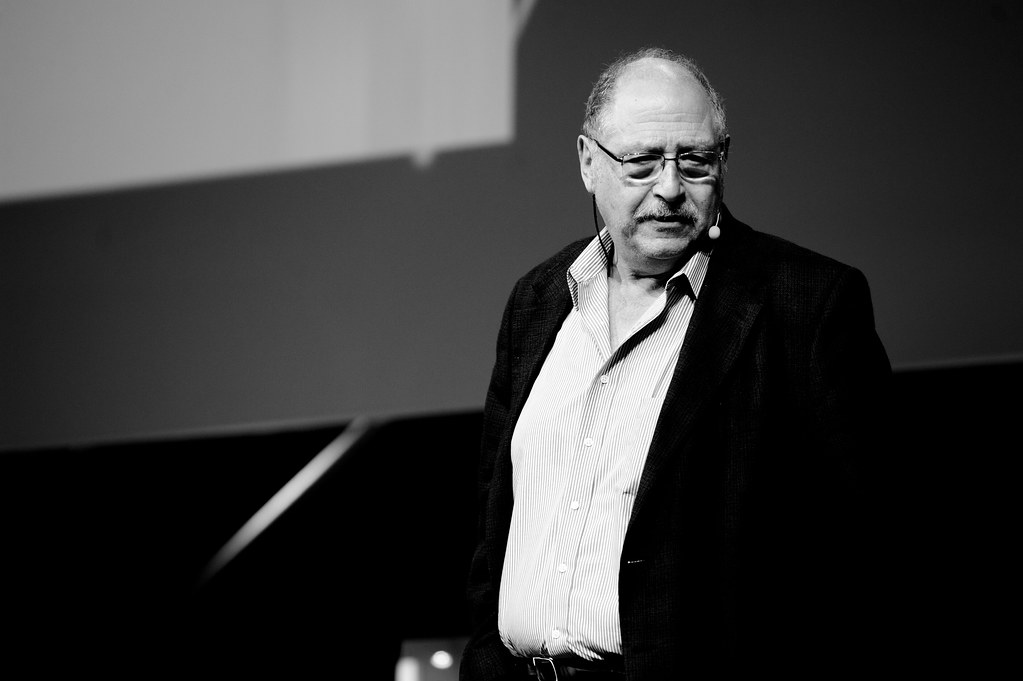
The passing of influential scientific minds marks not only a loss to their respective fields but also a pivotal moment for reflection on the arc of human knowledge and the profound impact of dedicated research. In recent years, and across centuries, brilliant individuals have devoted their lives to unraveling nature’s complexities, pushing the boundaries of what is known, and ultimately, leaving an indelible legacy for generations to come. Their contributions, whether spanning decades of tireless work or tragically cut short, form the bedrock upon which future discoveries are built.
This article offers a tribute to some of these extraordinary pioneers, whose recent departures or early demises have prompted us to consider the vast scope of their achievements and the enduring questions they posed. From groundbreaking insights into the mechanisms of aging and early childhood development to revolutionary approaches in neurological science and a deeper understanding of our primate relatives, these scientists have reshaped our world. Their stories underscore the dedication, courage, and intellectual curiosity essential to advancing scientific understanding and addressing humanity’s most pressing challenges.
We begin by honoring several contemporary figures whose long and illustrious careers have just concluded, followed by a look at the poignant narratives of early medical pioneers whose lives were tragically brief. Their collective stories serve as a powerful reminder of the continuous, often challenging, yet ultimately rewarding journey of scientific exploration. Through their work, they have illuminated new pathways for research, inspired countless successors, and enriched our collective comprehension of life itself.
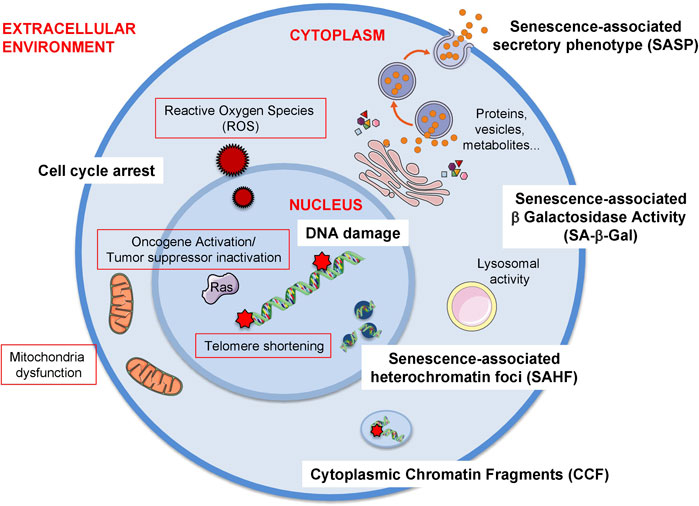
1. **Judith Campisi: A Visionary in Cellular Senescence and Aging**The scientific community recently mourned the loss of Professor Judith Campisi, Ph.D., a pioneering and internationally celebrated researcher, who passed away on January 19, 2024, following a long illness. A distinguished member of the National Academy of Sciences and a fellow of the American Association for the Advancement of Science, Dr. Campisi was widely recognized for her groundbreaking investigations into cellular senescence, identifying it as a crucial factor in the aging process. She was globally acclaimed as a long-time leader in aging research.
Tributes poured in from colleagues, reflecting the profound respect and admiration she commanded. Dr. Eric Verdin, President and CEO of the Buck Institute, where Campisi joined the faculty in 2002, stated, “Judy was an inspiration to all of us. She was a brilliant scholar, a truly courageous scientific pioneer, a wonderful collaborator, teacher, and mentor, and an incredible human being. Her passion for excellent science never waned and we want to carry that on for her.” This sentiment was echoed during a Celebration of Life held at the Buck Institute on February 16, where testimonials highlighted her immense impact.
Dr. Campisi’s academic journey began on Long Island, New York, leading her to the State University of New York at Stony Brook, where she earned her bachelor’s and Ph.D. in biochemistry. Following postdoctoral training in cell cycle regulation at the Dana-Farber Cancer Institute and Harvard Medical School, she served as an assistant and associate professor at Boston University Medical School. It was during this period that her studies on cellular senescence in cancer suppression led directly to her seminal discoveries linking cellular senescence and aging, publishing nearly 500 articles and accumulating over 100,000 citations.
Her research at the Lawrence Berkeley National Laboratory, where she established her lab in 1991, and later at the Buck Institute, yielded monumental breakthroughs. In 1999, Campisi and her team identified senescence-associated β-gal, the first marker for senescent cells in living tissue. A decade later, her laboratory reported the unique property of senescent cells known as the Senescence-Associated Secretory Phenotype (SASP), which provided mechanistic insights into how these cells contribute to the chronic inflammation associated with aging.
The concept of SASPs paved the way for the idea that eliminating senescent cells could offer a novel therapeutic target for chronic age-related diseases. Dr. Campisi coined the term “senolytics” to describe such agents and co-founded Unity Biotechnology, a pioneering company now conducting clinical trials based on her research. Beyond the lab, she was instrumental in establishing the Cellular Senescence Network (SenNet) at the NIH and fostering collaborations through the Bay Area Aging Network, consistently encouraging young scientists to “think big, push the bounds of creativity, and take risks.” She was elected to the National Academy of Sciences, an honor she cherished, known for her humility and unwavering dedication to the pursuit of knowledge.

2. **James W. Prescott: Championing Early Childhood Development and Affective Nurturing**The scientific community also grieves the loss of James W. Prescott, a pioneering researcher and advocate whose work profoundly transformed our understanding of the vital role early childhood experiences play in human development and lifelong health. Dr. Prescott passed away on August 8, 2025, at the age of 91, leaving behind a legacy that continues to inspire research and advocacy for nurturing care.
Dr. Prescott’s groundbreaking investigations centered on the critical impact of early sensory and emotional experiences, particularly during infancy, on brain development and subsequent physical and mental health. His contributions to developmental psychology consistently emphasized the essential role of affectionate touch, secure attachment, and nurturing care in fostering healthy development in a child’s formative years. His research bravely challenged prevailing views and significantly advanced the movement advocating for non-invasive, loving caregiving practices.
His work garnered widespread attention after being prominently featured in the 1987 TIME LIFE documentary, “Rock-a-Bye Baby.” The film illuminated his pioneering research into the neurological and emotional consequences of sensory deprivation in infancy. This powerful exposure had far-reaching implications for parenting methodologies, healthcare policies, and public understanding, sparking crucial shifts in discussions surrounding childhood care and the enduring effects of early relational health.
Throughout his distinguished career, Prescott held significant administrative and leadership roles. From 1966 to 1980, he served as a health scientist administrator at the National Institute of Child Health and Human Development (NICHD), a part of the US National Institutes of Health (NIH). There, he founded and directed the Developmental Behavioral Biology Program, initiating NICHD-supported research into the relationship between mother-child bonding and the development of social abilities later in adult life. He also served as assistant head of the Psychology Branch of the Office of Naval Research and as president of the Maryland Psychological Association.
Beyond his scientific endeavors, Dr. Prescott was an ardent advocate for policies prioritizing early childhood care, with a particular focus on maternal health and mental well-being. He functioned as a public educator, actively driving efforts to reshape societal norms concerning caregiving practices. His insightful observations on the potential for societal violence, linking it to childhood deprivation and repression of affection, serve as a stark reminder of his profound commitment to human welfare: “The greatest threat comes from those nations which have the most depriving environments for their children and which are the most repressive of ual affection and female sexuality.” His dedication to improving the lives of children worldwide will remain an enduring inspiration for future generations of researchers and advocates.
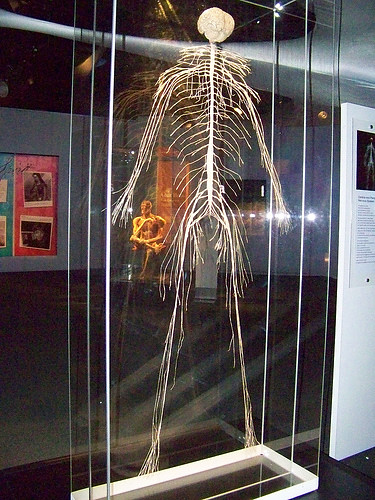
3. **Mary Bartlett Bunge: A Titan in Spinal Cord Injury Research**The University of Miami Miller School of Medicine, along with the global neuroscience community, is deeply saddened by the passing of Dr. Mary Bartlett Bunge, Ph.D., professor emeritus of cell biology, neurological surgery, and neurology, who died on February 17, 2024, at the age of 92. A fervent researcher, Dr. Bunge made numerous pivotal discoveries related to spinal cord injury during her tenure at The Miami Project to Cure Paralysis, which she joined in 1989.
Colleagues and friends expressed profound sorrow and appreciation for her immense contributions. Dr. W. Dalton Dietrich, Scientific Director of The Miami Project, lauded her as “an exceptional scientist and visionary with a passion for developing novel strategies to repair the nervous system,” noting her instrumental research in evaluating Schwann cell transplantation. Dr. Barth A. Green, Chair of The Miami Project, described her as an “unfillable void,” recognizing her as “not just a world-renowned scientific innovator and mentor to thousands of colleagues and students, but also a role model in leadership.” Marc Buoniconti called her “a true neuroscience pioneer,” whose research “will change lives for those living with paralysis.”
Beyond her monumental research, Dr. Bunge was a devoted teacher and mentor, nurturing countless graduate and postdoctoral fellows who went on to become leaders in cell biology, neuroscience, and Schwann cell transplantation. Dr. James D. Guest remarked on her unique combination of “precision and flair in her scientific work,” particularly in her scientific images, rooted in her lifelong passion for electron microscopy and visual arts. This passion for excellence and detail, he noted, “elevated the entire spinal cord injury field.”
Dr. Bunge’s lifelong fascination with biology began in childhood, observing tadpoles and questioning their development. Her academic journey led her from Simmons College to the University of Wisconsin Medical School, where she earned her master’s and doctorate degrees. There, she met and married Richard Bunge, her scientific partner, with whom she published the first evidence of remyelination by oligodendrocytes in the spinal cord in 1961. Their collaborative work on Schwann cell biology began at Columbia University, where they were among the earliest to master electron microscopy, combining scientific rigor with artistic expression.
After moving to St. Louis in 1970, Dr. Bunge and her team at Washington University School of Medicine made several crucial discoveries, studying Schwann cells in tissue culture and their role in forming the myelin sheath. Through meticulous tissue culture techniques, they found ways to isolate Schwann cells from neurons, leading to novel hypotheses for nervous system repair after injury. This work focused on whether Schwann cell transplantation could promote axonal regeneration in the injured spinal cord, paving the way for current and future FDA-approved clinical trials. Dr. Bunge continued this vital work to its clinical realization after her husband’s passing in 1996, receiving numerous national and international honors including election to the National Academy of Medicine, the Christopher Reeve Research Medal, and the Mika Salpeter Lifetime Achievement Award. She also established an annual lecture series to bring prominent women researchers to the University of Miami, demonstrating her enduring commitment to science until her final days.
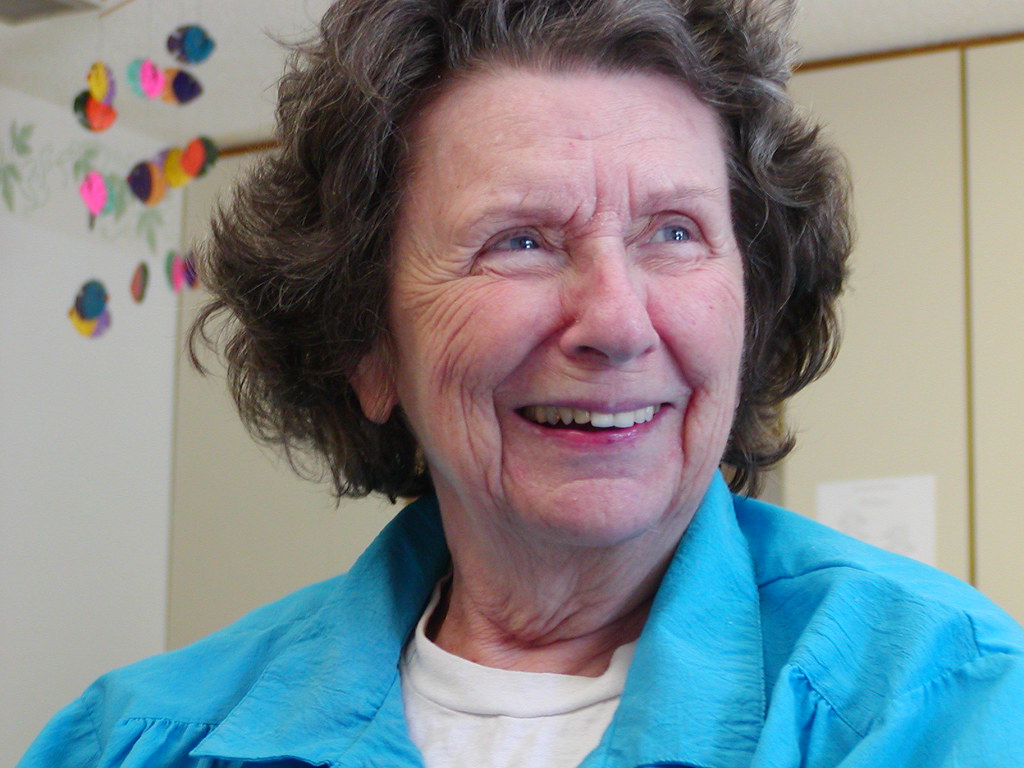
4. **Francisco Lopera: Unraveling the Enigma of Alzheimer’s Disease**The world of neuroscience lost a monumental figure with the passing of Colombian doctor Francisco Lopera, a preeminent Alzheimer’s researcher, at the age of 73 from cancer. Lopera, who dedicated his life to comprehending this devastating degenerative disease, passed away in 2024. His relentless work earned him international acclaim, including the prestigious Bengt Winblad Lifetime Achievement Award in 2020 and the Potamkin Prize, often referred to as the “Nobel Prize” for Alzheimer’s research, in 2024.
Born in 1951 in Santa Rosa de Osos, Antioquia, Lopera served for decades as the director of the Neuroscience Group at the University of Antioquia, which announced his passing with deep regret. The institution acknowledged, “Today, we bid farewell to an invaluable human being, a rigorous professional, an inspiring professor, and a curious and creative researcher who paved the way in the fight against Alzheimer’s.” His commitment to the field was unwavering, even when, early in his career, colleagues expressed skepticism, telling him he was pursuing a “lost cause.”
In defiance of such early doubts, Lopera famously retorted, “However, what I have learned is that you can do a lot. On the contrary: where you are most needed is where you can do the most, and it is where the community is most grateful.” This philosophy underscored his groundbreaking work, most notably his discovery, alongside his team, of the “Paisa mutation.” This gene is responsible for early-onset hereditary Alzheimer’s, identified in dozens of families within the Colombian department of Antioquia between the 1980s and 1990s.
Antioquia remained central to Lopera’s life and research. The town of Yarumal, within the region, holds the world’s largest population with genetic Alzheimer’s, a condition that, while representing only 1% of all cases, was a crucial pathway for Lopera’s broader goal: finding a cure for both hereditary and sporadic forms of the disease. In his later years, he dedicated considerable effort to discovering ways to mimic protective gene mechanisms in the brain.
When asked how he wished to be remembered, Lopera humbly expressed a desire to be seen as “someone who did his job.” He was an individual captivated by the wonders he encountered in the Colombian mountains, dedicating over 40 years to science, working tirelessly to solve a disease affecting more than 40 million people globally. His legacy, infused with his passion and intellectual curiosity, will undoubtedly be carried forward by generations of students from the University of Antioquia, ensuring that his inspiring work continues.

5. **Jane Goodall: A Revolutionary in Primate Behavior and Conservation**The esteemed primatologist, anthropologist, and conservationist, Dr. Jane Goodall, passed away at 91 years old, according to the institute she founded. Goodall died of natural causes while on a speaking tour in California, her institute announced on social media on a Wednesday, following a scheduled appearance on September 24, 2025. Her institute stated, “Dr. Goodall’s discoveries as an ethologist revolutionized science, and she was a tireless advocate for the protection and restoration of our natural world.”
In a video message recorded for a Pasadena event, Dr. Goodall shared her enduring hope, noting, “I’ve been working on trying to make this a better world for animals, people, and the environment, flat out, since 1986, and one of my greatest reasons for hope in this battered world is the youth.” She offered practical advice for mindful living: “Think about our ecological footprint… you make a difference, and if you start thinking about the consequences of the small choices you make — What you buy? Where did it come from? How was it made? Was there child slave labor [involved]? Did it help the environment? Would you eat it if it didn’t involve cruelty to animals? — you start thinking like that, and millions of people around the world thinking like that, then we start to get the kind of world that we cannot be too embarrassed to leave to our children.”
Goodall was merely 26 when she embarked on her groundbreaking research on chimpanzees in Tanzania’s Gombe National Park. Despite challenging terrain and lurking dangers, her lifelong ambition to live among African wildlife was realized. Her studies systematically demonstrated that primates exhibit behaviors strikingly similar to humans, possessing individual personalities and the remarkable ability to make and use their own tools. This overturned established scientific beliefs and transformed the field of ethology.
Among her most astonishing revelations, Goodall told ABC News in 2020, was “how like us” chimpanzees truly are. She observed “Their behavior, with their gestures, kissing, embracing, holding hands and patting on the back… The fact that they can actually be violent and brutal and have a kind of war, but also loving and altruistic.” The Jane Goodall Institute recognizes this discovery as one of the great achievements of 20th-century scholarship. Her innate love for animals, stemming from childhood dreams of Africa inspired by books like “Doctor Dolittle” and “Tarzan,” fueled her pioneering spirit.
Dr. Goodall earned a PhD in ethology from the University of Cambridge, detailing her first five years at Gombe. In 1977, she co-founded the Jane Goodall Institute to advocate for primate treatment and understanding. In 1991, she launched Roots & Shoots, a global humanitarian and environmental youth program. Recognized as a United Nations Messenger of Peace in 2002, she continued her tireless advocacy into her late 80s and 90s, partnering with Apple in 2022 to promote device recycling, emphasizing, “Yes, people need to make money, but it is possible to make money without destroying the planet.” Her profound work not only expanded scientific knowledge but also paved the way for more women in STEM careers, and the chimpanzees, she noted, are “still teaching us.”

6. **Reinier De Graaf: The Tragically Brief Brilliance of a 17th-Century Anatomist**While the passing of scientific luminaries after long, impactful careers is a somber yet celebratory occasion, history also records the poignant narratives of pioneers whose lives and potential were tragically cut short. These individuals, often dying at remarkably young ages, nevertheless laid foundational stones for future medical advancements, leaving behind a legacy that prompts a reflective “What if…?” One such figure was Reinier De Graaf, a Dutch physician-anatomist whose brilliance shone brightly, albeit briefly, in the 17th century.
Born in 1641, De Graaf practiced medicine in Delft, a small city where his contemporary, Antoni Leeuwenhoek, conducted his microscopic observations. Despite his prodigious talent, De Graaf faced professional hurdles, being denied a staff position at the Protestant University of Leiden due to his Catholic faith. This circumstance led him to establish his practice in Delft, where he continued his groundbreaking anatomical investigations.
It was in 1672, at the youthful age of 31, that De Graaf made the “remarkable discoveries” that cemented his place in medical history: his detailed descriptions of the ovarian follicles and the corpus luteum. These findings made him instantly famous, profoundly advancing the understanding of female reproductive anatomy at a time when such knowledge was rudimentary. However, his burgeoning career and immense potential were tragically curtailed. Shortly after his discoveries, Reinier De Graaf died in 1673 at the age of 32, a victim of a “virulent infection,” leaving the medical world to ponder the further advancements he might have achieved had his life not been so prematurely ended.
The arc of scientific discovery is often long and arduous, demanding decades of commitment. Yet, history also bears witness to the extraordinary, albeit brief, bursts of brilliance from individuals whose profound contributions were made despite tragically shortened lives. These medical pioneers, though denied the full span of a career, left an indelible mark, their early deaths prompting a perpetual reflection on the potential lost and the enduring questions of “what if?” We now turn our attention to several such luminaries from medical history whose foundational work continues to resonate centuries after their premature passing.
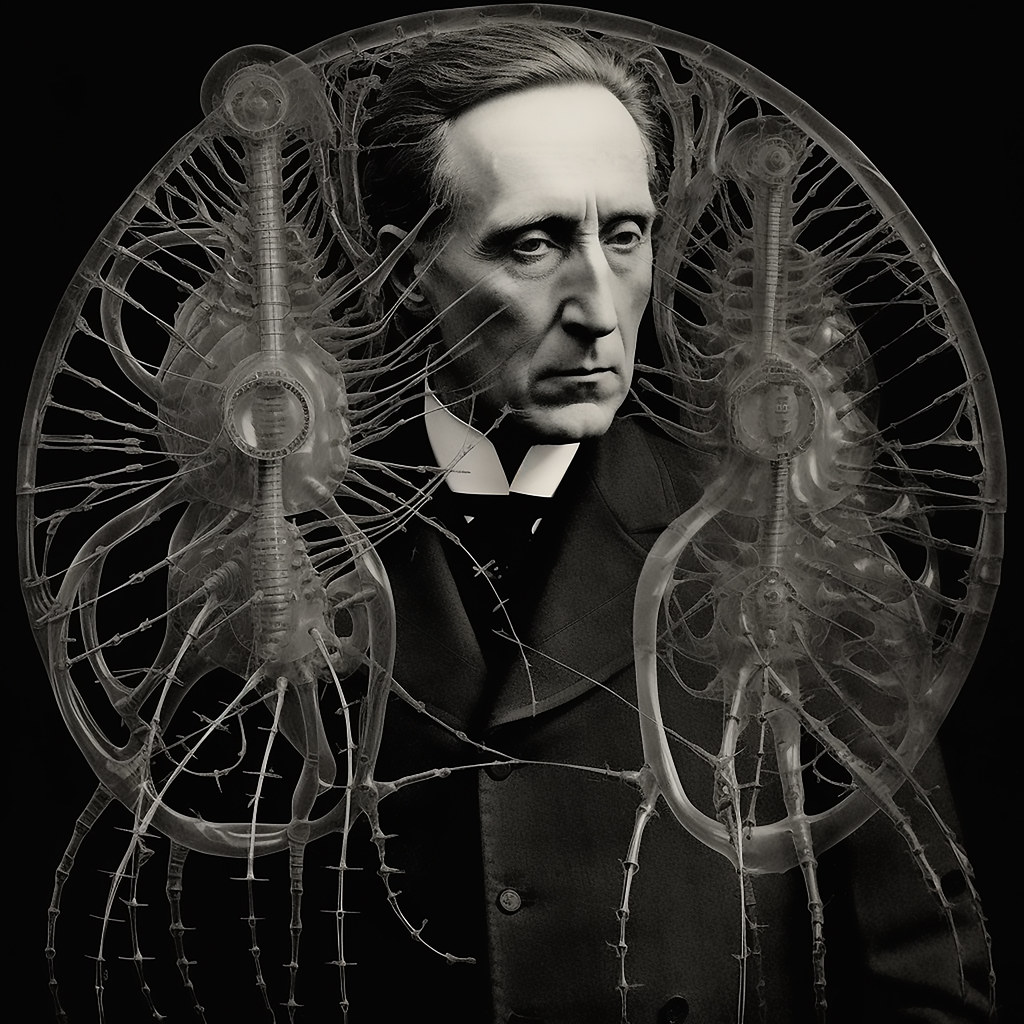
7. **William Hewson: Unveiling the Lymphatic System**Among these tragically foreshortened careers is that of William Hewson, an English surgeon-anatomist who lived from 1739 to 1774. Despite dying at the young age of 35, Hewson provided the medical world with the first comprehensive account of the lymphatic system, a pivotal achievement that profoundly advanced anatomical understanding. His detailed observations were meticulously documented in his seminal book, published in 1771, which quickly became a foundational text.
Hewson’s investigations extended beyond mere anatomical description; he delved into the cellular components of blood. He was instrumental in describing leucocytes, identifying them as cells derived from the lymphatic glands and the thymus. This insight into the origin and function of white blood cells represented a significant step forward in hematology and immunology, fields that were then in their nascent stages.
His inventive spirit also led to practical medical advancements. Hewson developed and utilized techniques such as thoracentesis and paracentesis to obtain cells and fibers for study, demonstrating a pioneering approach to clinical investigation. This methodological innovation underscored his commitment to empirical research and his ability to push the boundaries of medical practice during his brief lifetime.
Tragically, Hewson’s promising career was cut short when he succumbed to a dissection wound on his hand. His untimely death at 35 deprived the scientific community of further contributions from a mind poised for even greater discoveries. Nevertheless, his work on the lymphatic system and blood cells laid essential groundwork, influencing subsequent generations of anatomists and physiologists.
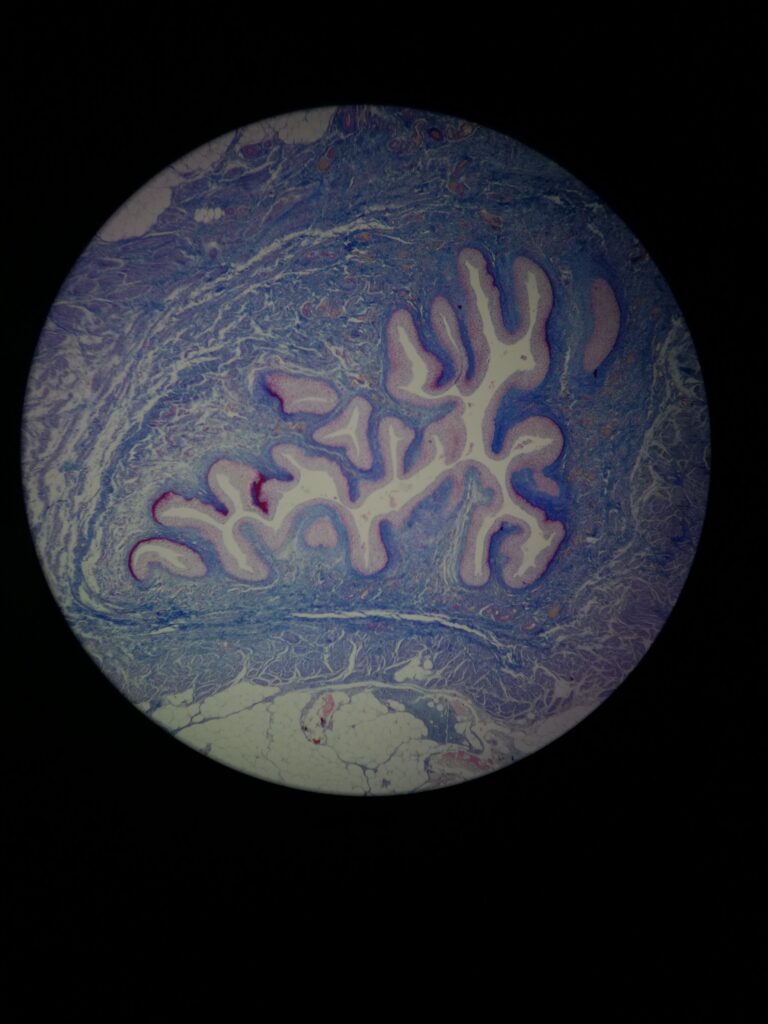
8. **Xavier M. F. Bichat: The Architect of Tissue Theory**Xavier M. F. Bichat, a French army surgeon who transitioned into pathology, stands as another towering figure whose contributions far outstripped his lifespan. Born in 1771, Bichat died at the age of 31, yet in his brief career, he revolutionized anatomy and pathology by introducing the concept of tissues as distinct entities, despite not employing a microscope.
Bichat was renowned as a diligent dissector and a prolific writer. By the age of 30, he had already authored and published three separate books spanning seven volumes, a testament to his immense intellectual vigor and capacity for systematic inquiry. His prodigious output demonstrated a meticulous approach to categorizing the human body’s structures, pushing beyond organ-centric views.
His most enduring contribution was the introduction of the term “cellular tissue,” by which he referred to the subcutaneous fat and the tissues encapsulating various organs. In his groundbreaking work on membranes, Bichat provided detailed descriptions of fibers, vessels, and nerves infiltrating these cellular tissues, extending into the deeper regions of organs. This macroscopic approach allowed him to visually differentiate and classify 21 distinct tissues.
Bichat’s ability to recognize these separate tissues with the eye was a remarkable feat, providing a crucial intermediate step between gross anatomy and microscopic histology. His work established a new paradigm for understanding disease by linking pathology to alterations in specific tissues rather than entire organs. His tragic death at 31, attributed to consumption and an injury from a fall, left the medical community to build upon the robust foundation he had so quickly laid.

9. **John S. Dorsey: Pioneering American Surgery**In the nascent years of American medicine, John S. Dorsey emerged as a formidable surgical talent whose career, though short, proved instrumental in shaping surgical practice in the United States. Born in 1783, Dorsey was an accomplished vascular surgeon who passed away at 35, leaving behind a legacy of innovation and comprehensive instruction.
His most significant contribution was the publication of “The first systematic treatise on surgery in the United States” in 1813, when he was just 30 years old. This two-volume text was a landmark achievement, providing a structured approach to surgical knowledge at a time when American medical literature was still developing. It became an indispensable resource for contemporary practitioners and students.
Within this monumental work, Dorsey introduced numerous new surgical techniques, reflecting his expertise and forward-thinking approach. Furthermore, he was a vocal advocate for the critical correlation of operative and pathologic findings, a principle that underscored the importance of understanding disease processes at a deeper level to inform surgical intervention effectively.
Dorsey’s early death at 35, while a profound loss, ensured his work’s immediate impact. His treatise served not only as a guide for surgical procedures but also as a standard for scientific inquiry in the surgical field. His rigorous approach and commitment to documenting best practices established a high bar for medical scholarship in the young nation, influencing generations of American surgeons.
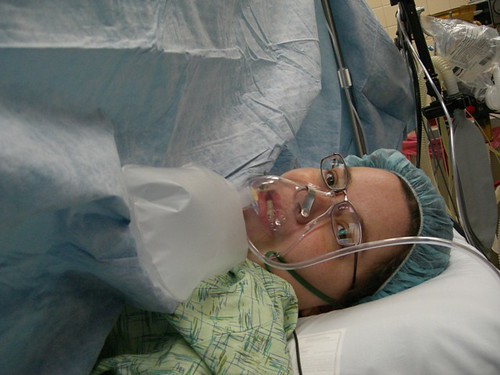
10. **Horace Wells: The Dawn of Anesthesia**The annals of medical history are replete with stories of ingenuity met with adversity, and Horace Wells, a Connecticut dentist, provides one such poignant narrative. Born in 1815, Wells died at the age of 33, but not before attempting to introduce one of medicine’s most revolutionary advancements: anesthesia. His pioneering efforts with nitrous oxide transformed the experience of surgical pain, despite a public setback that marred his personal and professional life.
In 1844, Wells made the groundbreaking discovery that nitrous oxide could effectively deaden the pain associated with tooth extractions. His experimental approach was remarkably direct: he asked a friend to extract his own aching tooth while under the influence of the gas. This self-experimentation provided compelling evidence of the gas’s pain-relieving properties, inspiring hope for a new era of painless surgery.
However, Wells’s attempt to introduce this revolutionary method to the broader medical community faced a tragic reversal. At a public demonstration in 1845 at the prestigious Massachusetts General Hospital in Boston, the gas-bag was removed prematurely from the patient. The patient’s subsequent screams, followed by the laughter of the attending students, created a devastating public fiasco that profoundly impacted Wells.
Wells never fully recovered from this public humiliation, eventually discontinuing his work and, tragically, committing suicide at 33. Despite the personal tragedy, his initial insight into nitrous oxide’s anesthetic potential ultimately paved the way for the widespread adoption of anesthesia in surgical practice. His bold, if ultimately ill-fated, demonstration marked a critical turning point in medical history, permanently altering how humanity approached pain management.

11. **Henry Gray: The Enduring Text of Anatomy**Henry Gray, a London physician-surgeon and anatomist, secured an immortal place in medical education through a single, monumental work. Born in 1827, Gray lived only 34 years, yet his enduring legacy, “Gray’s Anatomy,” remains a cornerstone of anatomical study worldwide. His ability to synthesize complex anatomical information into an accessible format was unparalleled for his time.
The first edition of his magnum opus, “Gray’s Anatomy,” was published in 1858. This volume quickly distinguished itself through its clear text, precise illustrations, and systematic organization. It provided students and practitioners with an authoritative guide to the human body, setting a new standard for medical textbooks. The book’s immediate success underscored its value as a comprehensive educational tool.
Remarkably, “Gray’s Anatomy” has continued its unparalleled run, with the 40th edition published in 2008. This longevity is a testament to the foundational quality of Gray’s original work and its continuous adaptation through generations of scholars. His vision for a definitive anatomical text has transcended centuries, making his name synonymous with the study of human structure.
Tragically, Henry Gray’s life was cut short when he contracted smallpox from a nephew and died at the age of 34 in 1861. His premature death meant he did not witness the full, enduring impact of his work. Yet, the book bearing his name has educated millions, a remarkable tribute to a man whose brief life yielded such a profound and lasting contribution to medical science.
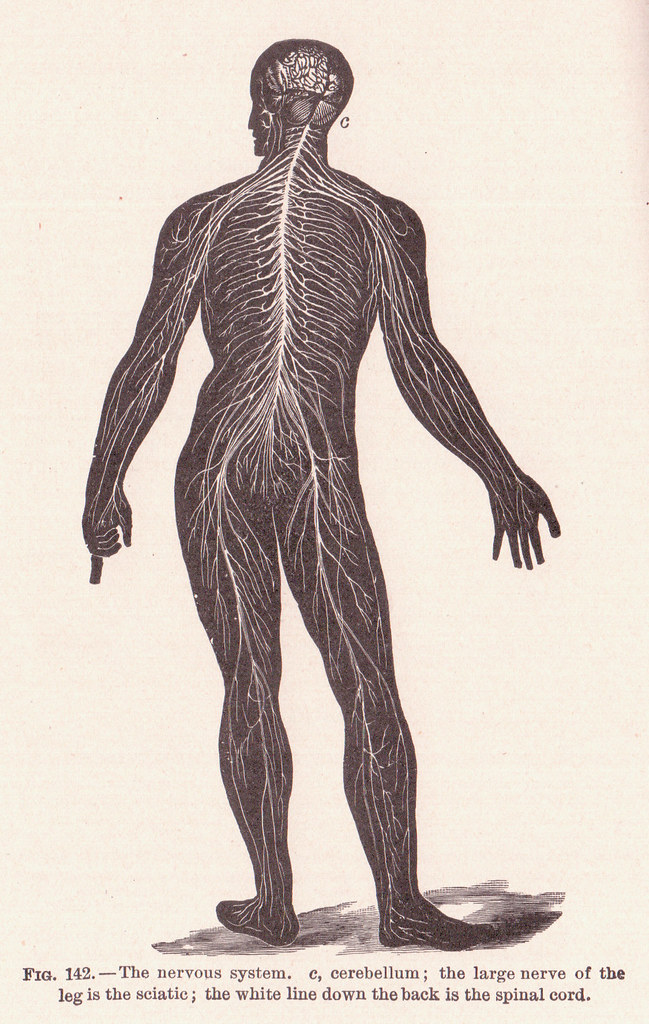
12. **Otto F. C. Deiter: Unraveling the Nervous System**Otto F. C. Deiter, a German physician born in 1834, demonstrated an extraordinary gift for neuroanatomy that, though tragically brief, laid foundational stones for our understanding of the nervous system. Deiter died at the astonishingly young age of 29, leaving behind discoveries that profoundly impacted neurology and paved the way for the specialized field of audiology.
His most celebrated discovery, made at age 28, just a year before his death, was the identification of glial cells. These cells, now known to provide crucial support and protection for neurons, were largely unrecognized until Deiter’s meticulous observations. This insight revealed a more complex architecture of the nervous system than previously understood, shifting paradigms in neurobiology.
Deiter’s investigations also provided critical evidence that each nerve cell possesses an “axis-cylinder” or nerve process. This demonstration elucidated the fundamental structure of neurons, contributing significantly to the emerging neuron doctrine which posited that the nervous system is composed of discrete individual cells. His work was pivotal in visualizing the basic units of neural communication.
Beyond these fundamental discoveries, Deiter meticulously identified specialized cells on the membrane of the cochlea, the median root of the auditory nerve, and the vestibulospinal nerve tract. These detailed anatomical insights into the auditory and vestibular systems served as the primary groundwork for a new and essential field in medicine: audiology. His tragically brief but incredibly impactful career underscores how a singular, brilliant mind can accelerate scientific progress, leaving a legacy that continues to inform modern neuroscience.
The stories of these pioneering scientists, whose lives were tragically cut short, serve as a profound reminder that the pursuit of knowledge is a continuous human endeavor, often marked by both triumph and poignant loss. Each of these individuals, through their youthful genius and unwavering dedication, laid foundational stones that supported the edifice of modern medicine. Their untimely demises compel us to ponder the ‘what ifs’ – the further advancements, cures, and insights that might have emerged had they been granted a full lifetime of discovery. Yet, even in their brevity, their legacies stand as enduring beacons, inspiring countless others to continue the challenging, yet deeply rewarding, journey of scientific exploration, ensuring that their pioneering spirit lives on in every new breakthrough.




